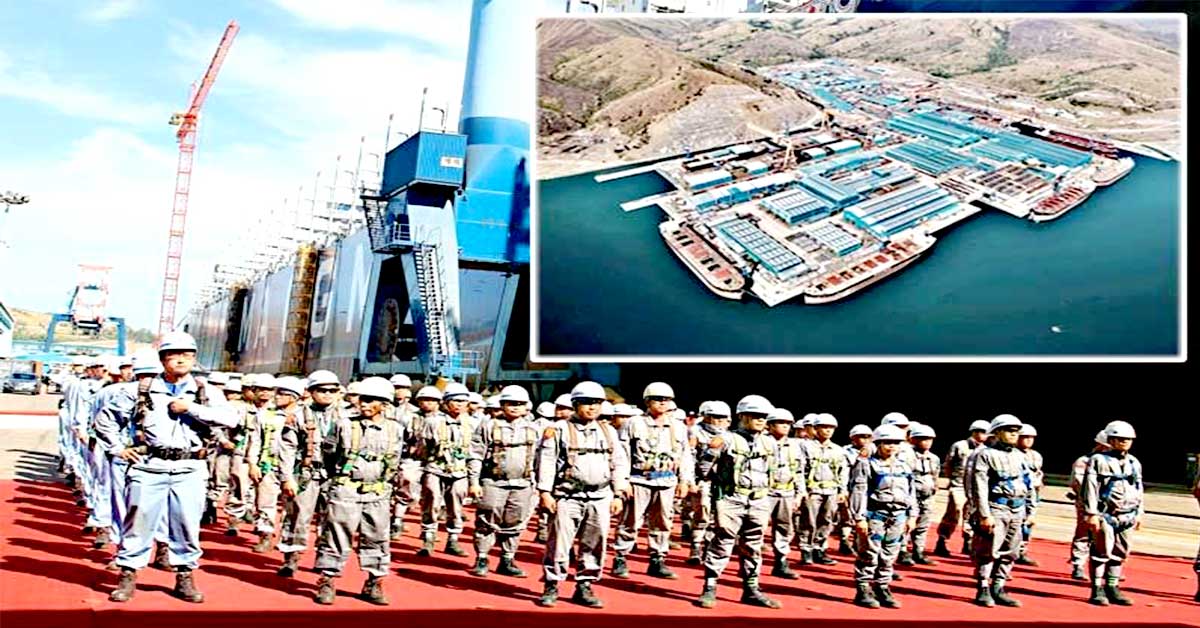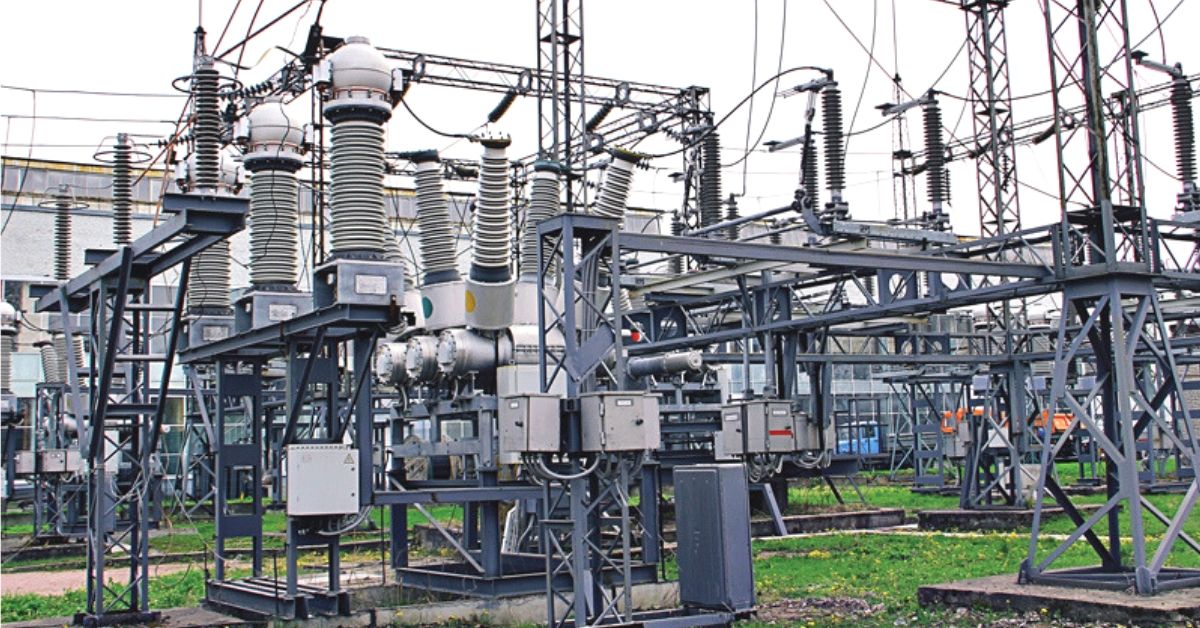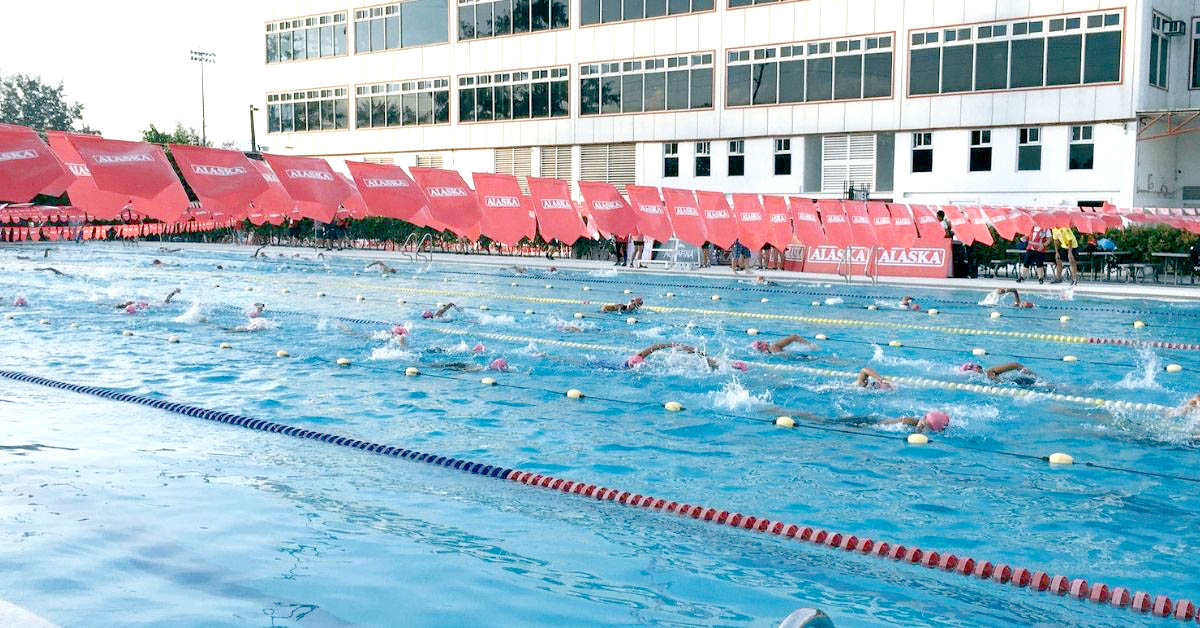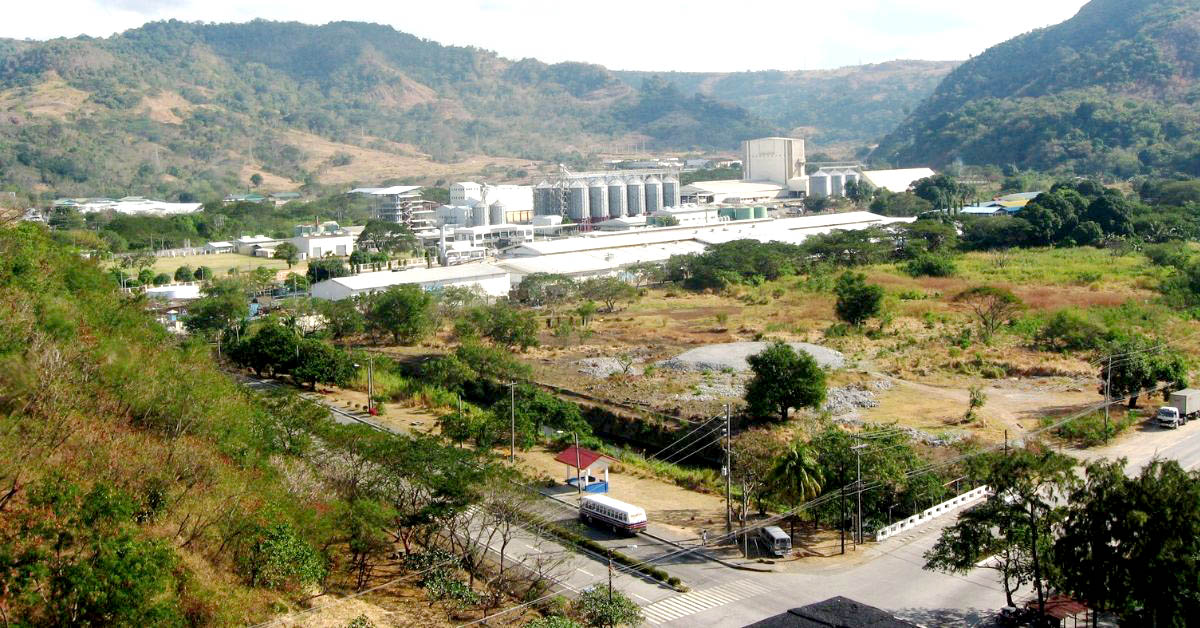Chinese-funded solar project lights up remote Philippine village
Posted 5 years ago

|
Villagers watch television shows in Baliwet of San Marcelino, the Philippines, June 6, 2019. On June 7, a Chinese-funded solar project lit up Baliwet, a mountain village about 190 km northwest of Manila. (Xinhua/Zheng Xin)
SAN MARCELINO, Philippines, June 9 (Xinhua) — It’s a double celebration for Jaderick Castillo, 12, and some other 1,000 residents of a village of this town in Zambales province in the Philippine main Luzon island.
On June 7, which marked a beloved traditional festival in China, the Dragon Boat Festival, a Chinese-funded solar project lit up Baliwet, a mountain village in this town, about 190 km northwest of Manila. Electricity supply finally arrived at this remote village.
The Chinese staff working for the State Grid Corporation of China (SGCC) brought children who live in Baliwet dozens of zongzi, the sticky rice dumplings served during the annual Dragon Boat Festival and they tasted traditional Chinese food for the first time.
It was a brand new experience for the children and the whole village to have electricity, produced by solar stations donated by Chinese company SGCC.
The solar project not only brightens up the remote village, but also offers a ray of hope to the poor villagers who have no access to electricity for decades and depended solely on kerosene gas lamps and batteries to power their TV sets and flashlights.
Due to its remoteness, no local power company is willing to invest in Baliwet. Villagers had to travel several kilometers to town to charge their mobile phones.
As part of the closer ties between China and the Philippines, SGCC signed in Baliwet a memorandum of agreement in January with the Philippine National Electrification Administration (NEA) and the Zambales II Electric Cooperative (Zameco II) for the solar project.
Under the deal, SGCC’s “Brighten Up” project would install a solar panel system for Zameco II, capable of delivering power to over 1,000 residents including two schools with 108 students in the village. The project, which will be officially finished at the end of June, is hoped to lift the villagers out of poverty and lead them to a bright future.
According to Liu Ming, the deputy chief representative of SGCC Philippine Office, the “Brighten Up” project is the first charitable project independently launched by a Chinese-funded enterprise in the Philippines.
“The power supply project uses solar micro-grid to provide centralized power with a power generation capacity of 76kW and a battery storage capacity of 390 kWh. It basically meets the day-to-day needs of the villagers,” he told Xinhua.
Liu said the “Brighten Up” project “is one that evolves as it does not stop at simply installing the power supply.”
“It provides long-term operation, maintenance and interactive exchanges, enabling everyone to continue to build relationships that strengthen the human spirit.”
Elanie Cawagas, a teacher at the Baliwet Elementary School, lauded the project, saying the whole village and even the residents of nearby villagers are benefiting from the project particularly teachers and students.
She said villagers used to grope in the dark but now the villagers are enjoying the fruit of the Chinese-funded project.
She said it was difficult for the teachers to make use of the video presentation in teaching due to lack of electricity. “We are forced to stop the presentation when the computer battery is drained, and then wait for the next day when the battery is fully charged. That’s why we can’t maximize teaching time.”
Moreover, she said the students are having a hard time focusing on the lesson because of the stifling heat inside the classrooms. “We don’t have electric wall fans to cool down the heat because there is no electricity to make the fans run,” she added.
The installation of solar power has a tremendous impact on the village and its people. “Now, our pupils are more motivated in the teaching-learning process. They are more cooperative in all school class activities because they can study their lessons at night,” she added.
Speaking of recreational activities, Cawagas said the villagers can now watch television and listen to the radio. And because the village is well lighted, she said villagers can do activities even at night.
“We are grateful for those who made this possible, especially our Chinese friends for bringing light into our village,” Cawagas said.
The project also provided job opportunities for the villagers.
Dionesto Esteban, 27, a former hunter and farmer who earned 1,000 pesos (about 19.4 U.S. dollars) a week, now works for a GSCC sub-contractor in the station with a weekly wage of 2,450 pesos (about 47.5 U.S. dollars).
“The benefit of this project is huge. It brought us electricity. Even the residents of the neighboring villagers moved here to be able to take advantage of the electricity. Many of them come to charge their phone batteries for instance,” he said.
“This project will help us to be more productive and for sure it will open up more opportunities for us,” Esteban said.
Esteban said Chinese workers share their skills with the local villagers. “They are nice to us and very friendly. They teach us new skills,” he added.
Esteban’s mother, Elsie, who is a village chief, said: “With the installation of solar power, our people are more inspired to build actual houses and not just live in bahay kubo,” Elsie said, referring to the nipa hut, a type of stilt house indigenous to the culture of the Philippines. These houses are made out of bamboo, wood and nipa palm leaves.
“We have 10 new pupils enrolled here because they now see the positive outcome of this project,” Cawagas said.
“We hope that more Chinese people will come and ‘adopt’ our school so that we can achieve the vision and mission of our school particularly in developing our pupils to be multi-skilled learners,” she added.

|
Dionesto Esteban, a former hunter and farmer, checks electricity facilities in a solar station in Baliwet of San Marcelino, the Philippines, June 6, 2019. On June 7, a Chinese-funded solar project lit up Baliwet, a mountain village about 190 km northwest of Manila.

|
Students of an elementary school enjoy the cool breeze of an electric wall fan in Baliwet of San Marcelino, the Philippines, June 6, 2019. On June 7, a Chinese-funded solar project lit up Baliwet, a mountain village about 190 km northwest of Manila.
Source: xinhuanet.com





























































Loading Comment